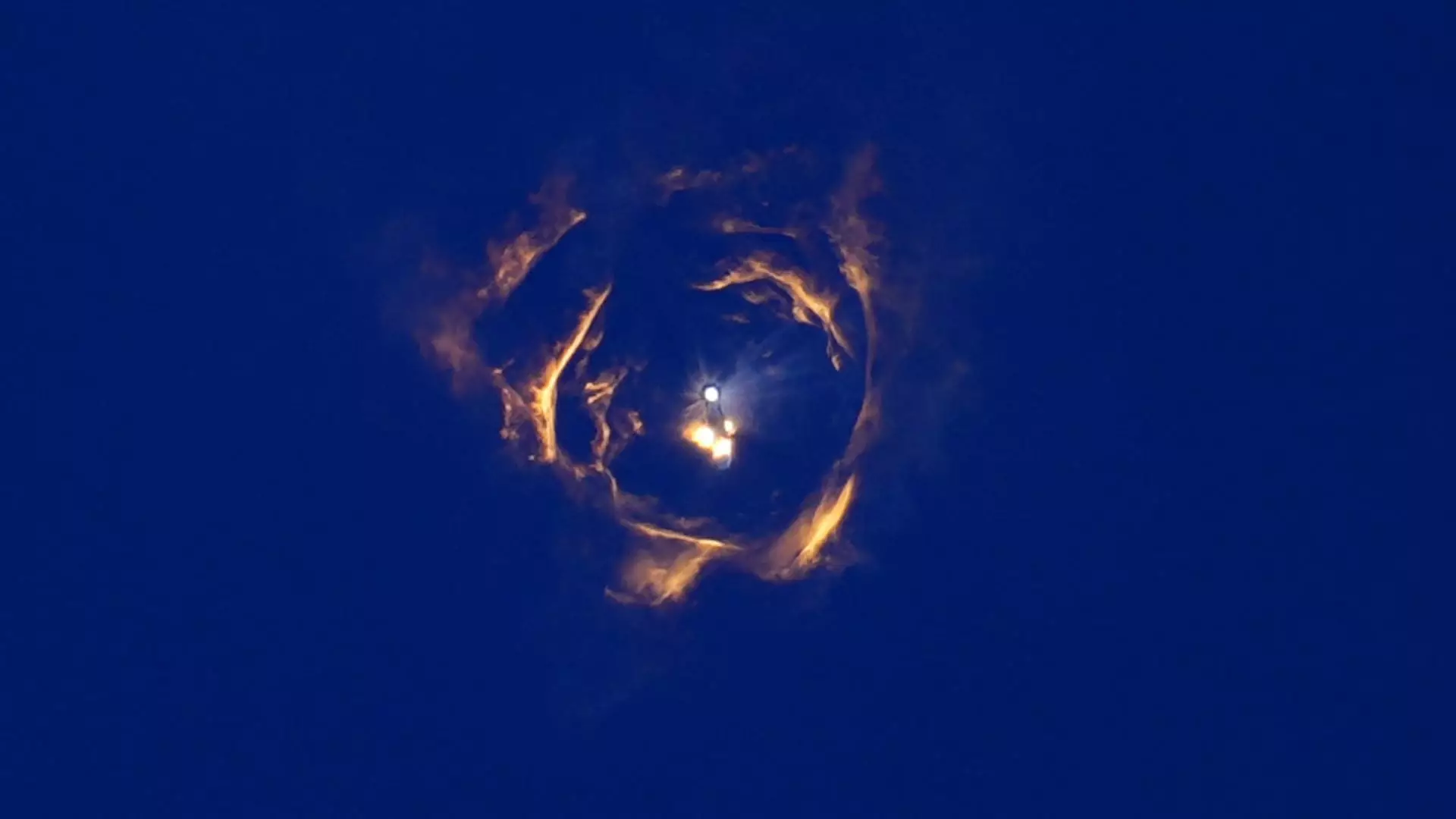On Thursday, the aviation world witnessed an unexpected interruption as SpaceX’s Starship rocket disintegrated during its seventh test flight. This event, occurring shortly after 5:30 p.m. ET from the company’s launch facility in Brownsville, Texas, sent shockwaves throughout the surrounding airspace. Major disruptions to commercial flights ensued, illustrating the delicate balance between space exploration and traditional aviation operations.
According to flight-tracking services like Flightradar24, the breakdown of the Starship had far-reaching consequences, affecting dozens of flights as airlines scrambled to respond to a rapidly changing situation. The Federal Aviation Administration (FAA) issued an immediate warning for pilots regarding the “dangerous area for falling debris of rocket Starship,” which resulted in the diversion and delay of numerous aircraft. Notably, a JetBlue Airways flight from Fort Lauderdale to San Juan was diverted back to its origin nearly two hours into its journey, highlighting the gravity of the incident.
Other carriers, including Spirit Airlines and FedEx, also reported altering their flight paths, further emphasizing the ripple effect the Starship’s failure had on air travel. American Airlines confirmed it experienced fewer than ten diversions related to the incident, but in an industry where punctuality is critical, even minor disruptions can lead to a cascade of delays.
The rapid response from the FAA, which helped divert traffic from the vicinity of falling debris, underscores the importance of regulatory oversight in the realm of aerospace. The agency, while noting the absence of injury or property damage, serves as a crucial guardian for flight safety. This incident presents a learning opportunity for both SpaceX and regulatory bodies as they investigate the root causes behind the Starship’s breakup. SpaceX has committed to reviewing the data collected from the flight, an essential step in understanding the failure and preventing future occurrences.
This event highlights the increasing intertwining of space exploration and conventional aviation. As commercial spaceflight becomes more frequent, conflicts over shared airspace are likely to intensify. The competitive landscape requires airlines to navigate not just typical air traffic but also the implications of space activities that can disrupt hourly schedules and passenger safety. As seen on Thursday, even planned test flights can inadvertently turn what might have been a routine day in air travel into a logistical challenge.
While the excitement surrounding space exploration abounds, incidents like the Starship breakup remind stakeholders of the need for stringent safety protocols and open lines of communication among entities operating in and around airspace. As the industry moves forward, a responsible approach to coordinated flight operations will be essential. This may involve redesigning regulatory frameworks and fostering greater collaboration between aerospace companies and aviation authorities to ensure safe skies for both commercial and space-bound travelers alike.


Leave a Reply